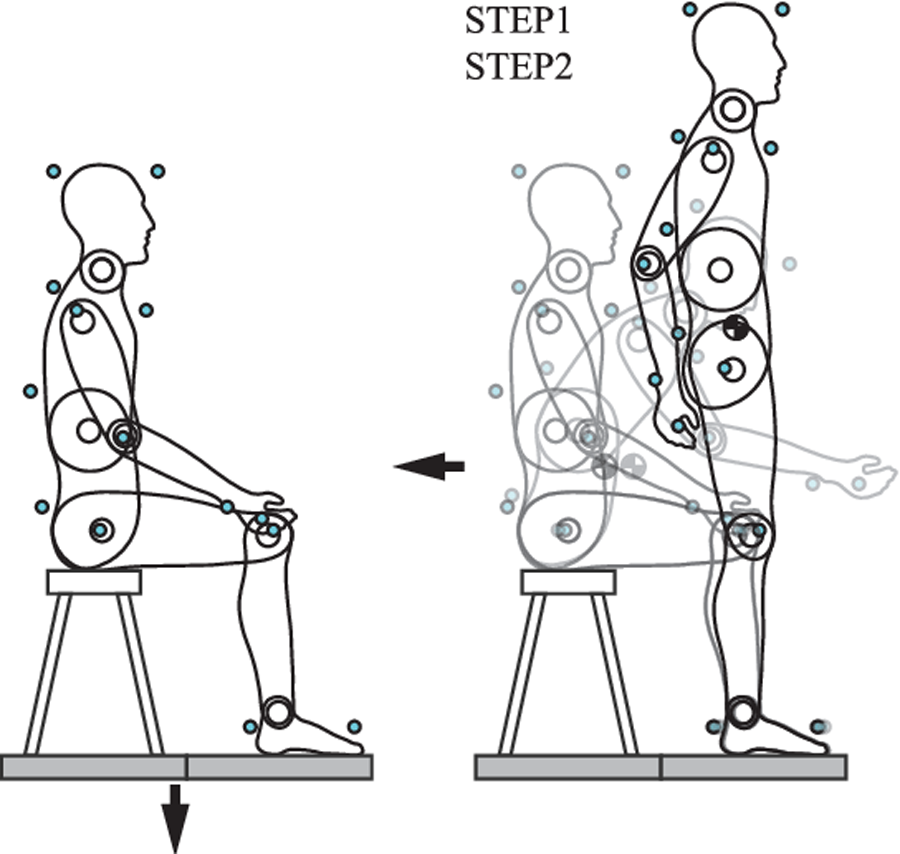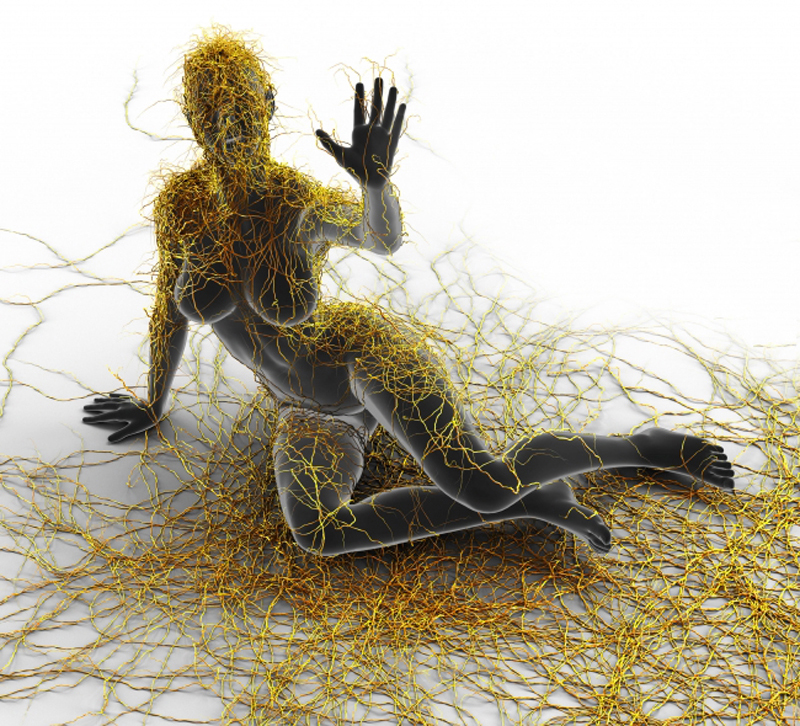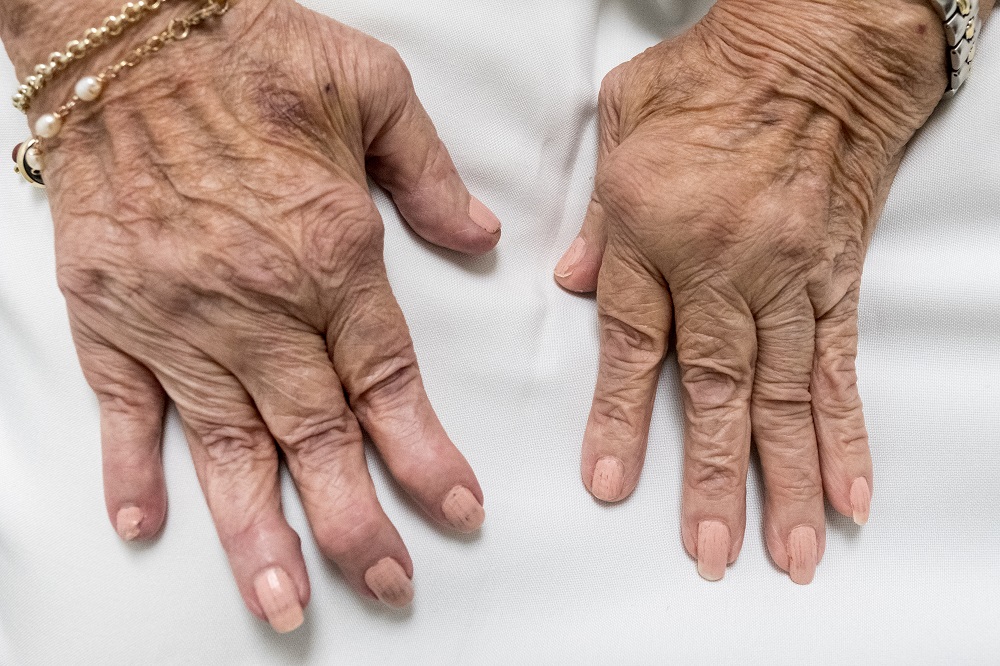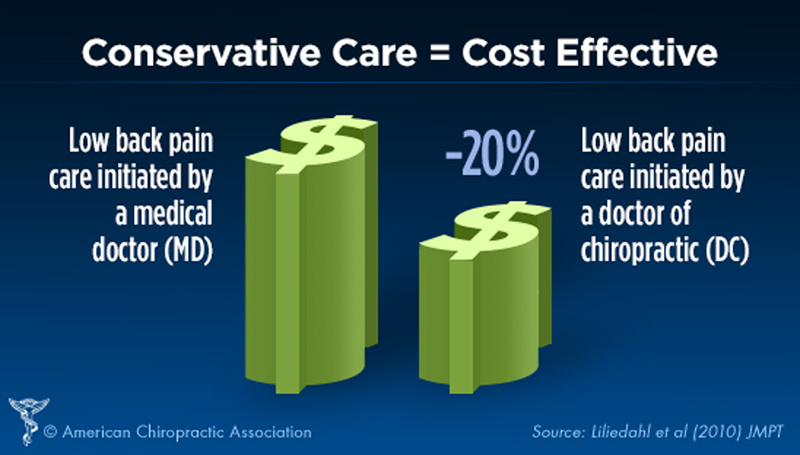Does Manual Therapy Affect Functional and Biomechanical
Does Manual Therapy Affect Functional and Biomechanical Outcomes of a Sit-To-Stand Task in a Population with Low Back Pain? A Preliminary Analysis
SOURCE: Chiropractic & Manual Therapies 2020 (Jan 24)
Giancarlo Carpino, Steven Tran, Stuart Currie, Brian Enebo, Bradley S. Davidson, and Samuel J. Howarth
Division of Research and Innovation,
Canadian Memorial Chiropractic College,
Toronto, ON M2H 3 J1 Canada
INTRODUCTION: Manual therapy (MT) hypothetically affects discrepant neuromuscular control and movement observed in populations with low back pain (LBP). Previous studies have demonstrated the limited influence of MT on movement, predominately during range of motion (ROM) testing. It remains unclear if MT affects neuromuscular control in mobility-based activities of daily living (ADLs). The sit-to-stand (STS) task represents a commonly-performed ADL that is used in a variety of clinical settings to assess functional and biomechanical performance.
OBJECTIVE: To determine whether MT affects functional performance and biomechanical performance during a STS task in a population with LBP.
METHODS: Kinematic data were recorded from the pelvis and thorax of participants with LBP, using an optoelectronic motion capture system as they performed a STS task before and after MT from November 2011 to August 2014. MT for each participant consisted of two high-velocity low-amplitude spinal manipulations, as well as two grade IV mobilizations of the lumbar spine and pelvis targeted toward the third lumbar vertebra and sacroiliac joint in a side-lying position; the order of these treatments was randomized. Pelvis and thorax kinematic data were used to derive the time-varying lumbar angle in the sagittal plane for each STS trial.
There are more articles like this @ our:






